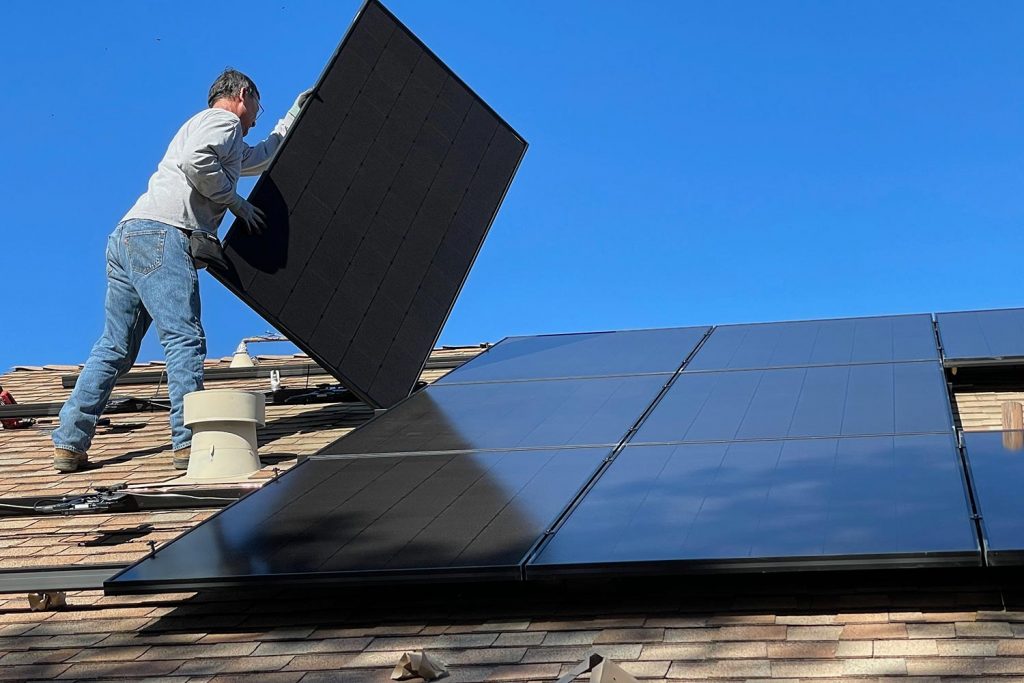We are all used to seeing solar panels on top of many buildings, on top of traffic lights, on small electronic devices such as garden lights, clocks, calculators... as well as on solar electricity parks, to the point that they have become just another element of our environment. We know what they are and what they are for, but do we know how solar panels really work?
What is a solar panel?
To begin with, a solar panel is a device made up of different units called photovoltaic cells. These cells have to create an electric field in order for the panel to produce electricity. This happens when opposite charges are separated. To make this electric field form, we make use of semiconductor materials such as silicon by giving them a positive or negative electric charge. In this way, each cell simulates a kind of sandwich consisting of two parts: two wafers of the semiconductor material.
Negatively charged electrons are added to the top layer, and the bottom layer receives extra boron, making it positively charged with fewer electrons. This adds to an electric field binding these layers of silicon together. Thus, when a photon hits a free electron, the electric field pushes the electron out of the silicon structure, forming an electric current.
How is energy converted into usable electrical current?
This is done through other components. Solar panels consist of a series of conductive metal plates that collect electrons and carry them to the wiring, where they flow like all other sources of electricity.
As the type of current provided by solar panels is direct current, to get the most out of solar energy we must use a power converter to convert it into alternating current, which is what we use in our homes and businesses.
Can a solar panel absorb all types of light?
No. It can absorb and convert into energy a wide range of wavelengths, including ultraviolet rays (which the human eye cannot see) and the entire spectrum of light we can see, except for red.
Photons of ultraviolet radiation, i.e. those of shorter wavelengths, are more energetic than those corresponding to infrared radiation, which corresponds to a longer wavelength.
Advances in solar energy technology
Although solar panels were initially expensive to use and difficult to offset against the savings on electricity bills - especially for homes and small businesses - in recent years, thinner, lighter, and more flexible photovoltaic cells have been developed, saving time and money on installation. It is becoming easier and easier to use solar panels that allow us to use clean, renewable energy.
The cost of solar panels has decreased significantly since their manufacture began and their average cost is now competitive with conventional non-renewable energy sources in many geographic areas.
In addition, many governments are offering economic incentive programmes so that, little by little, the population will switch to renewable energy sources such as solar energy to move away from more polluting energy sources.


